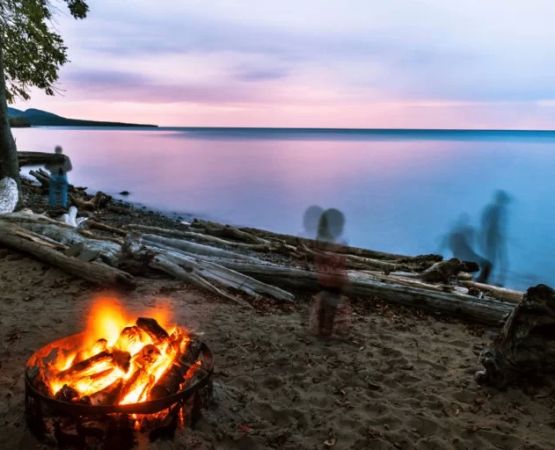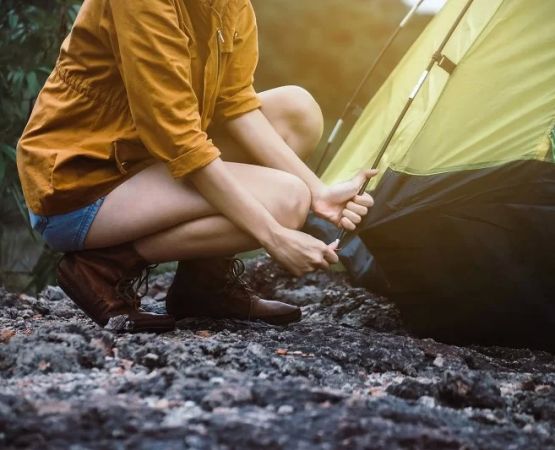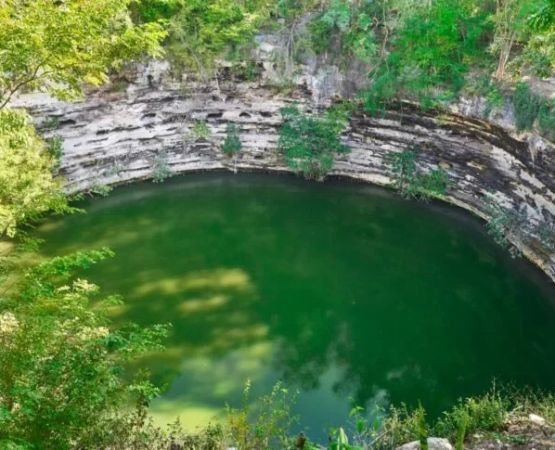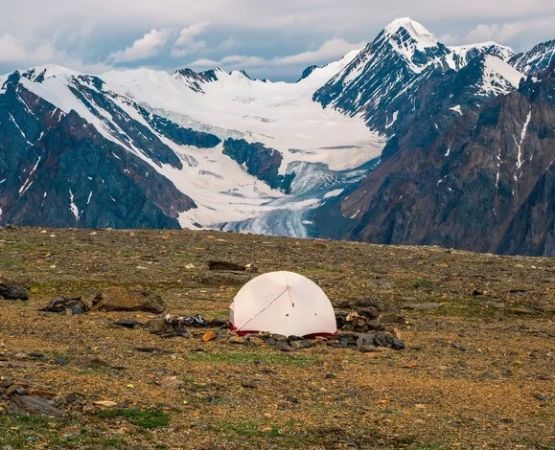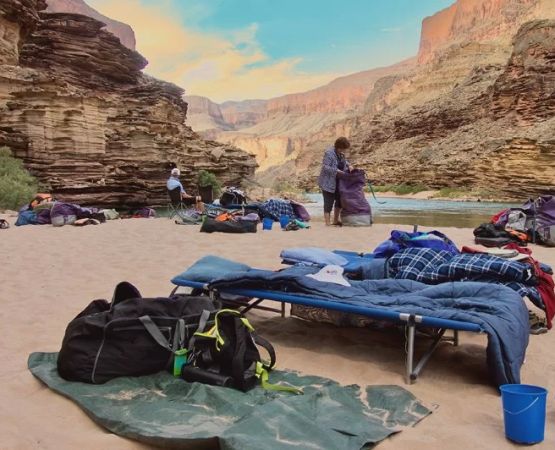- #understanding-campsite-surface-types-and-their-impact-surface-overview
- #gravel-campsites-benefits-drawbacks-and-best-uses-gravel-details
- #grass-campsites-comfort-natural-feel-and-maintenance-grass-details
- #dirt-campsites-flexibility-challenges-and-real-world-conditions-dirt-details
- #real-camping-stories-about-choosing-the-right-surface-camper-experiences
- #key-factors-for-choosing-between-gravel-grass-or-dirt-decision-factors
- #gear-tips-for-each-campsite-surface-surface-gear-tips
- #planning-your-trip-with-the-right-campsite-type-trip-planning
Understanding Campsite Surface Types and Their Impact
When planning a camping trip, the surface you sleep on can greatly influence the experience. Some campers prioritize comfort, others look for practicality, and many simply pick whatever is available without understanding how gravel, grass, or dirt can change their night outdoors. Learning how to choose between gravel, grass, or dirt campsites can help you tailor your adventure to your needs—whether you’re traveling with family, solo backpacking, or RV camping at a scenic place like Pine Cliff Resort.
Each campsite surface behaves differently depending on weather, gear, personal preferences, and activity plans. This guide dives deep into all three surfaces so you can make confident choices and enjoy your trip with fewer surprises.
Gravel Campsites: Benefits, Drawbacks, and Best Uses
1. Why gravel campsites are popular
Gravel is one of the most reliable surfaces for campers, especially for RVs and tents that require a firm, even base. Gravel drains water quickly, making it ideal in rainy or humid regions. Unlike soft ground surfaces, gravel is less likely to shift under weight, keeping your tent secure and reducing the chance of waking up sliding downhill.
2. Comfort considerations for gravel
While gravel is functional, it isn’t naturally soft. Campers often recommend pairing gravel campsites with thick sleeping pads or air mattresses. Many seasoned campers say that once properly padded, gravel actually provides excellent stability for sleep and prevents uneven dips common in dirt or grass.
3. Best travel scenarios for gravel
Gravel works well for car campers, RV travelers, and campers who prioritize durability over softness. Many well-established campgrounds—including those near canyon parks and lakes—use gravel for its consistency.
Grass Campsites: Comfort, Natural Feel, and Maintenance
1. The appeal of grass campsites
Grass campsites are beloved for their comfort. It’s a soft, cool, natural cushion under your tent and makes the whole area feel more inviting. If you prefer lounging outside or want children to have space to play, grass is arguably the most comfortable option.
2. Challenges of grass campsites
Grass holds moisture, especially after rain or heavy morning dew. This can create challenges such as damp tent floors, slipperiness, or even bugs that seek out moisture. Grass also wears down after repeated use, leading to muddy patches when conditions aren’t ideal.
3. Best travel scenarios for grass
Families, casual weekend campers, and anyone seeking a comfortable, cozy environment often gravitate toward grass. Resorts and manicured campgrounds—like Pine Cliff Resort—frequently offer grassy tent pads that blend comfort with convenience.
Dirt Campsites: Flexibility, Challenges, and Real-World Conditions
1. Dirt as the classic camping surface
Most backcountry and primitive sites rely on dirt. It molds to gear, accommodates tent stakes easily, and offers a traditional camp atmosphere. Many backpackers say dirt sites feel more natural and grounded.
2. When dirt becomes difficult
Dirt sites can become muddy or dusty depending on weather. Soft dirt might sink under tents or footprints, creating uneven sleeping surfaces. Extremely dry dirt can produce fine dust that settles on everything—from food to sleeping bags.
3. Best travel scenarios for dirt
Dirt campgrounds work well for rugged campers, backpackers, and adventurers who don’t mind getting a little messy. These sites often offer the most scenic and remote locations, especially in national parks or desert regions.
Real Camping Stories About Choosing the Right Surface
1. The family who learned the hard way
A family camping in the Midwest chose a grass site after heavy rain. Overnight, moisture seeped under their tent, and by morning, their sleeping bags were damp. They later joked that grassy campsites are wonderful—just not after a storm.
2. A backpacker’s dusty night in Utah
A solo hiker camping on a dirt site near Arches National Park described waking up covered in fine red dust because of the dry wind. He later switched to gravel-based campgrounds when traveling with gear he needed to keep clean.
3. RV travelers praising gravel
An RV couple once shared that gravel pads saved them during a flash rainstorm. While nearby dirt sites turned to mud, their gravel surface drained immediately, preventing slipping and stabilizing their RV.
Key Factors for Choosing Between Gravel, Grass, or Dirt
1. Weather and season
Wet conditions favor gravel, while warm summer days are perfect for grass. Dirt is unpredictable but great for dry-season camping.
2. Comfort level
If you prioritize softness, choose grass. If you prioritize stability, choose gravel. If you prioritize “true wilderness vibes,” choose dirt.
3. Gear type
Light tents and thin pads are better suited for grass. Sturdy stakes and thicker equipment work well on gravel and dirt.
4. Activity plans
Camping with kids or pets? Grass is ideal. Traveling long distances with an RV? Gravel is your friend. Backpacking into remote areas? Dirt is nearly inevitable.
Gear Tips for Each Campsite Surface
1. Gravel campsite gear
Bring a high-quality sleeping pad, tougher tent stakes, and a footprint to prevent abrasion under your tent.
2. Grass campsite gear
Pack a moisture barrier, bug-repelling tools, and chairs or mats for lounging comfortably.
3. Dirt campsite gear
Choose a tent with strong ventilation and pack extra cleaning towels for dust or mud management.
4. Comfort upgrade suggestions
Camping enthusiasts seeking reliable, comfort-focused gear often browse curated campground recommendations from Pine Cliff Resort, known for helping travelers elevate their outdoor experience.
Planning Your Trip with the Right Campsite Type
1. Match your campsite to your camping style
Before choosing gravel, grass, or dirt campsites, consider your comfort needs, travel conditions, and gear. Matching the environment to your expectations creates smoother adventures.
2. Research campground features
Some U.S. campgrounds even offer mixed-surface sites, giving campers more flexibility. Exploring campground guides or resources from places like Pine Cliff Resort can help you decide quickly.
3. Prepare for changing conditions
Even the perfect campsite surface can surprise you with unexpected weather. Preparing with thoughtful packing and backup plans always pays off.
Whether your next campsite is gravel, grass, or dirt, choosing intentionally makes your outdoor experience smoother, more comfortable, and more memorable. With the right preparation—and perhaps a little inspiration from Pine Cliff Resort—you can transform any surface into a great place to rest beneath the open sky.


